Comminuted fracture of the patella is a difficult clinical problem. The difficulty lies in how to reduce it, piece it together to form a complete joint surface, and how to fix and maintain fixation. At present, there are many internal fixation methods for comminuted patella fractures, including Kirschner wire tension band fixation, cannulated nail tension band fixation, wire cerclage fixation, patellar claws, etc. The more treatment options, the more effective or applicable the various treatment options are. The fracture pattern was not what was expected.
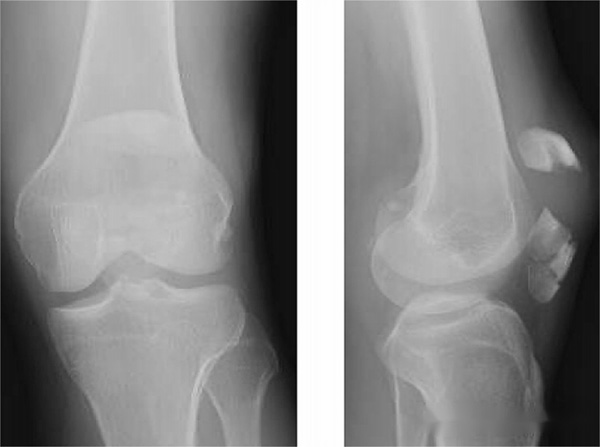
In addition, due to the presence of various metal internal fixations and the superficial anatomical structure of the patella, there are many complications related to postoperative internal fixation, including implant irritation, K-wire withdrawal, wire breakage, etc., which are not uncommon in clinical practice. To this end, foreign scholars have proposed a technology that uses non-absorbable sutures and mesh sutures, called the "spider web technology", and has achieved good clinical results.
The sewing method is illustrated as follows (from left to right, from top row to bottom row):
First, after the fracture is reduced, the surrounding patellar tendon is sutured intermittently around the patella to form several loose semi-annular structures in front of the patella, and then sutures are used to string each loose annular structure into a ring and tie it into a knot.
The sutures around the patellar tendon are tightened and knotted, then two diagonal sutures are cross-sewed and knotted to fix the patella, and finally the sutures are looped around the patella for a week.
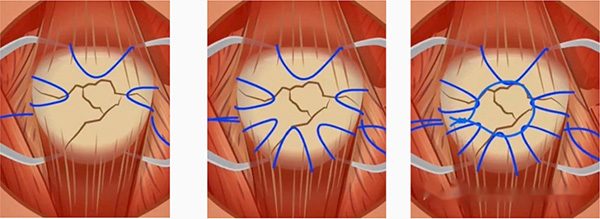
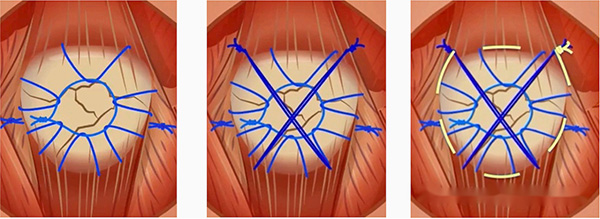
When the knee joint is flexed and extended, it can be seen that the fracture is firmly fixed and the joint surface is flat:
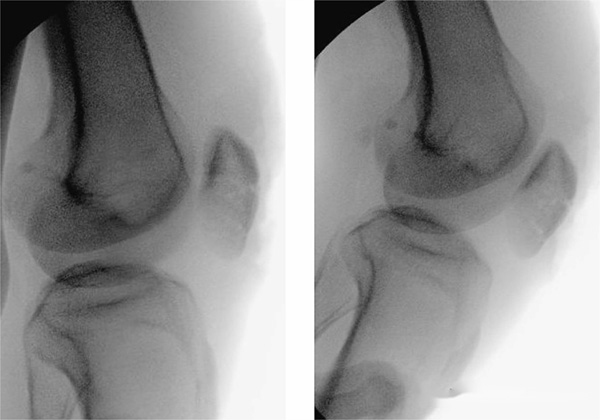
Healing process and functional status of typical cases:
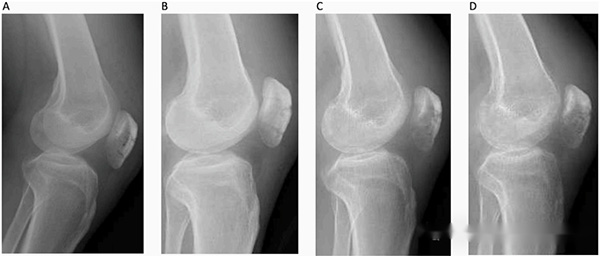
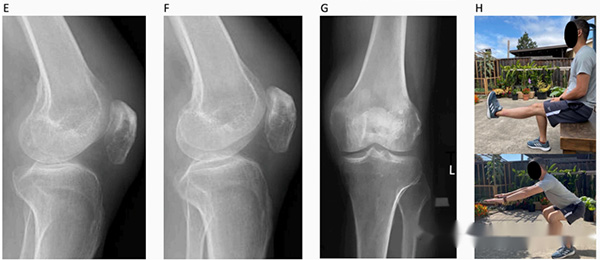
Although this method has achieved good clinical results in research, under the current circumstances, the use of strong metal implants may still be the first choice of domestic doctors, and may even assist postoperative plaster immobilization to promote fractures and avoid internal fixation. Failure is the primary objective; functional outcome and knee stiffness may be secondary considerations.
This surgical option can be used moderately on some selected suitable patients and is not recommended for routine use. Share this technical method for reference by clinicians.
Post time: May-06-2024










